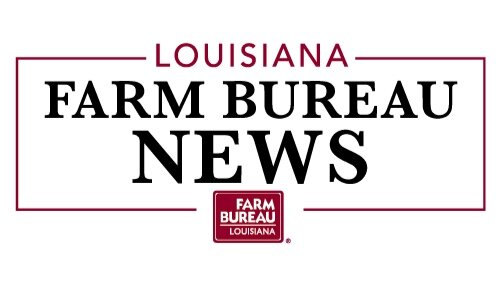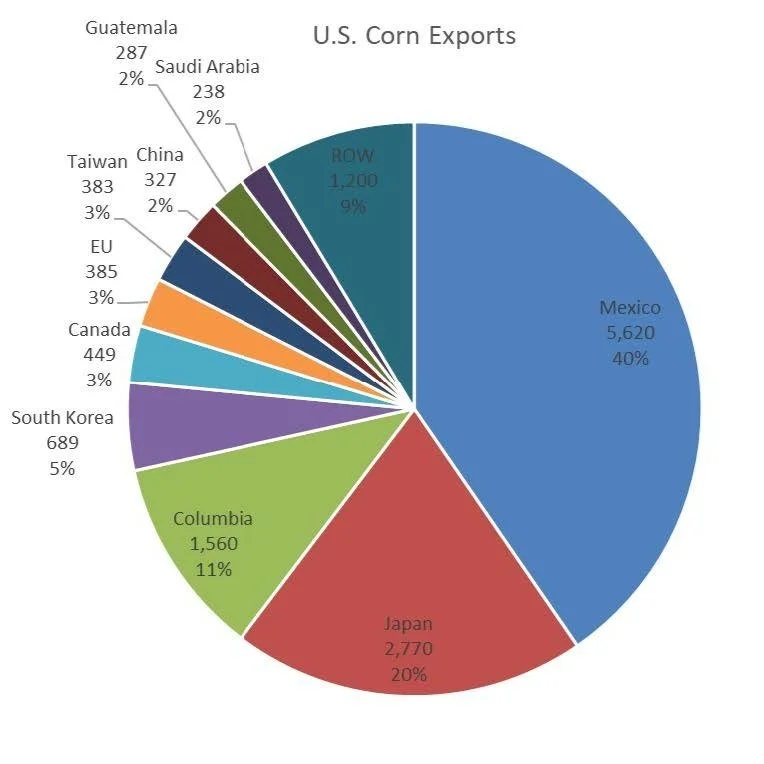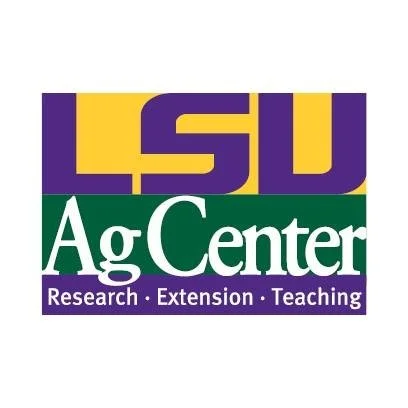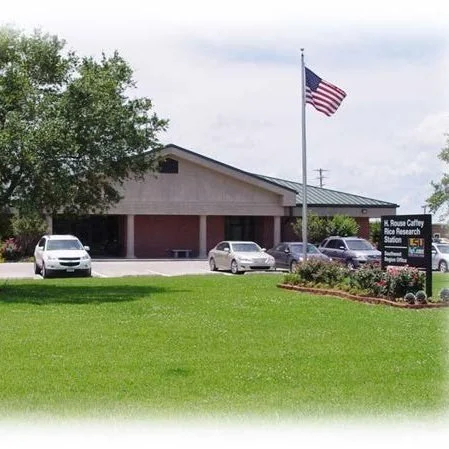Soybean contracts jumped 20 cents in midday trading on Wednesday, April 9th, joining other commodities in a sharp rebound, after President Donald Trump took to social media to again raise tariffs on the biggest buyer of U.S. soybeans- China. New Chinese tariffs (125%), set Wednesday, April 9th, more than double the cost for Chinese buyers to import U.S. soybeans, but that didn't stop soy-bean futures from climbing higher.
Read MoreAs the weather warms up, insects become more active. Over the past week, our team visited several parishes to check for insect pests on areas near to row crop fields. Some of these fields have already been planted with corn, while most are yet to be planted with soybean or cotton. We used sweep nets to collect insects in various vegetations including mixed grasses, white clovers, and crimson clovers at different sites in each
Read MoreLouisiana’s sugarcane industry isn’t just a part of the state’s history—it’s a driving force in its economy, generating roughly $4 billion annually and providing jobs across farms, research facilities, and raw sugar factories.
Sustaining this vital industry requires continuous innovation and a partnership between the LSU AgCenter, the USDA, and the American Sugarcane League plays a pivotal role.
Read MoreFebruary statewide rainfall averaged 5.24” for the month (preliminary estimate), less than 1.00” above the norm (p. 7) and falling within the middle third of all February totals over the past 130 years. While not far from the norm, February 2025 is the “wettest” February statewide since 2020. Monthly totals were generally above the mean, particularly in the northern and western parishes. By contrast, every station in the East Central Climate Division reported.
Read MoreIt's the worst time of the year in New Orleans -- stinging caterpillars are back.
According to the LSU AgCenter, buck moth caterpillars become a problem in the spring in Louisiana due to their spines that are covered in venom.
Read MoreThis month’s 2024/25 U.S. corn outlook is for greater exports, reduced feed and residual use, and smaller ending stocks. Feed and residual use is cut 25 million bushels to 5.8 billion based on disappearance during the December-February quarter as indicated in the March 31st Grain Stocks report. Exports are raised 100 million bushels reflecting the pace of sales and shipments to date and relatively competitive U.S. prices.
Read MoreFarmers looking to improve their business in local markets will be given the opportunity to learn how at the Beginning Organic Farmer Workshop on April 26 at LSU.
Read MoreIn 2021, LSU AgCenter researchers Lawrence Datnoff and Brenda Tubaña published a paper analyzing the role silicon plays in plant stress reduction and why the element is not used as a fertilizer in agricultural production. Since its publication in the Plant Disease journal, the paper has been downloaded more than 11,000 times and has been cited 45 times.
Read MoreSince its inception over 24 years ago, over 4,100 agricultural producers and landowners have participated in at least one phase of the Louisiana Master Farmer Program, offered by the LSU AgCenter and other program partners. This program was developed for producers, regardless of commodity or size of operation, and focuses on helping them address environmental concerns and enhance production through Best Management Practices.
Read MoreThe H. Rouse Caffey Rice Research Station Annual Rice Field Day will be held on Tuesday, June 24, 2025. This event is one of the most well attended events of its kind, routinely having over 400participants. It serves as a forum for scientists, industry members, farmers, and LSU AgCenter and Rice Industry leaders to come together to celebrate success and look towards the future.
Read MoreThe United States Department of Agriculture (USDA) National Agricultural Statistics Service (NASS) estimates Louisiana farmers will plant 1.05 million acres of soybean in 2025. This estimate is down 5% from 2024.
By March 30th, farmers had planted 6% of the Louisiana soybean crop which is 2% more than the 5-year average, according to the USDA-NASS.
Read MoreA recent collaborative study between the Audubon Sugar Institute and Louisiana State University (LSU) demonstrated the potential of near-infrared (NIR) spectroscopy to analyze the quality of sugar cane. In this study, led by Kevin McPeak of LSU, the researchers used NIR spectroscopy to test whether it can analyze sugar cane despite the presence of extraneous matter (EM) (1). The findings have significant implications for the global sugar industry, which is valued at approximately $78 billion annually (1).
Read MoreCaldwell Parish native Lucas “Luke” Stamper was recently named the new wildlife specialist for the state after serving as the LSU AgCenter regional wildlife and forestry contact for northeast Louisiana.
Stamper, who said he knew he wanted to be a wildlife biologist in high school, received his Bachelor of Science in wildlife ecology from LSU before getting his master’s degree at the University of Louisiana Monroe.
Read MoreLSU’s AgMagic is inspiring a new generation of agricultural awareness one plate at a time.
AgMagic is an event hosted by the LSU AgCenter, created to educate students from kindergarten to third grade about Louisiana Agriculture through interactive and hands-on learning experiences. The event ran from March 24 to 28 for school groups and March 29 to 30 for the general public.
Read MoreThe last day to submit photos for the LSU AgCenter’s 2026 Get It Growing calendar is coming up in the next few weeks.
The deadline to submit an entry is April 30.
Read More














